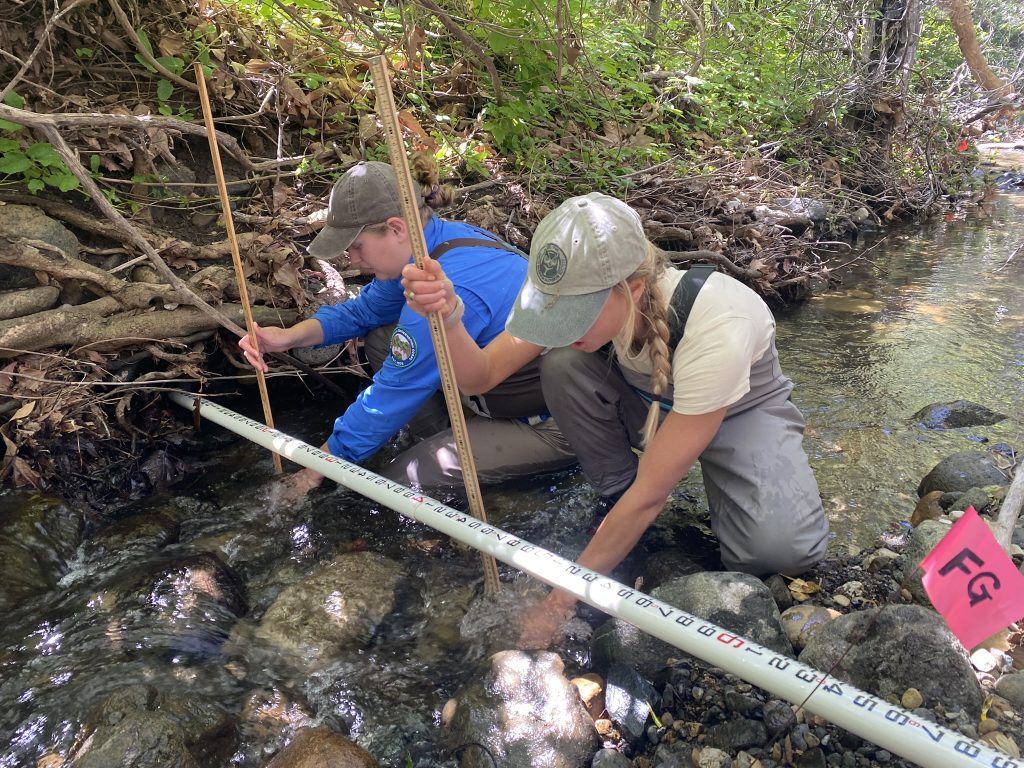One of the primary goals of the Estuary Program is to understand conditions in the estuary and the lands that surround it. The Estuary Program has collected data for over twenty years that helps determine how different human and natural factors affect the health of Morro Bay. We share this data set with nonprofits, partner agencies, landowners, and the community to support our mutual goal to protect and preserve this unique area.
Our monitoring efforts strive to track long-term trends and to determine the effectiveness of specific conservation projects. High quality data is critically important for prioritizing future projects, evaluating the effectiveness of existing projects, and assessing long-term changes in health. Our work encompasses the entire Morro Bay watershed, which includes the estuary and the creeks that drain into it. Monitoring is conducted by staff and the community volunteers who make many of our monitoring efforts possible.
Updates from the Field
Every other month, our monitoring and research field staff share what they’ve been working on in a brief blog post. These posts highlight our ongoing projects, and give a glimpse into what our work in the field looks like. To learn more, be sure to check out the posts below, or visit www.MBNEP.org/blog.
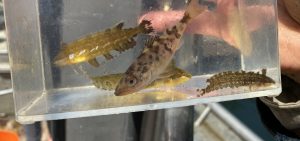
Field Updates: Fish Response to Eelgrass Recovery in Morro Bay
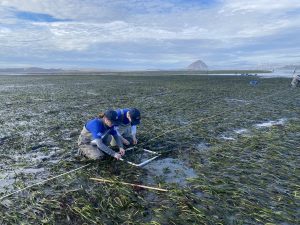
December 2024 Field Updates: Fall Eelgrass Monitoring and Research Efforts
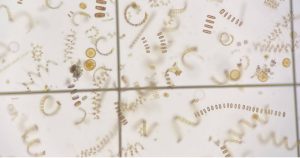
October 2024 Field Updates: Taking Stock of the Microscopic Plankton Inhabiting Our Estuary
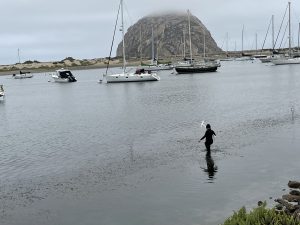
August 2024 Field Updates: Support for the Pacific eDNA Coastal Observatory (PECO)
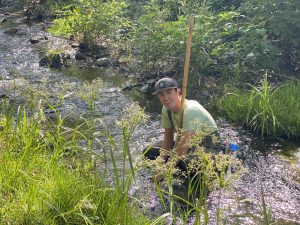
July 2024 Field Updates: Highlights from Spring Bioassessment

Field Updates June 2024: Eelgrass in Bloom – Monitoring Eelgrass Reproduction in the Estuary
Data Availability
The Estuary Program collects year-round and seasonal monitoring data that help determine how different human and natural factors affect the health of Morro Bay. We rely on staff and trained volunteers to collect data. Our quality assurance information is documented our Quality Assurance Project Plan (QAPP). This document is reviewed and approved by EPA and the State Water Resources Control Board.
Data from our monitoring and research are summarized into technical memos and reports. To access these reports, please visit our library at https://library.mbnep.org/category/technical-reports/.
Most data is available for download from the California Environmental Data Exchange Network (CEDEN) at www.CEDEN.org, or from the California Open Data Portal at data.CA.gov. With any other data requests, please contact the Estuary Program.
Volunteer Opportunities
The Estuary Program offers different volunteer opportunities throughout the year. Some opportunities require an ongoing commitment while others are one-time events. Please keep in mind that we receive a large number of volunteer interest forms and regret that we cannot respond to each one individually. Staff will contact you if a position opens that matches your interests, experience, and availability.
If you are interested in volunteering with us, please visit our volunteer page at www.MBNEP.org/volunteer.
